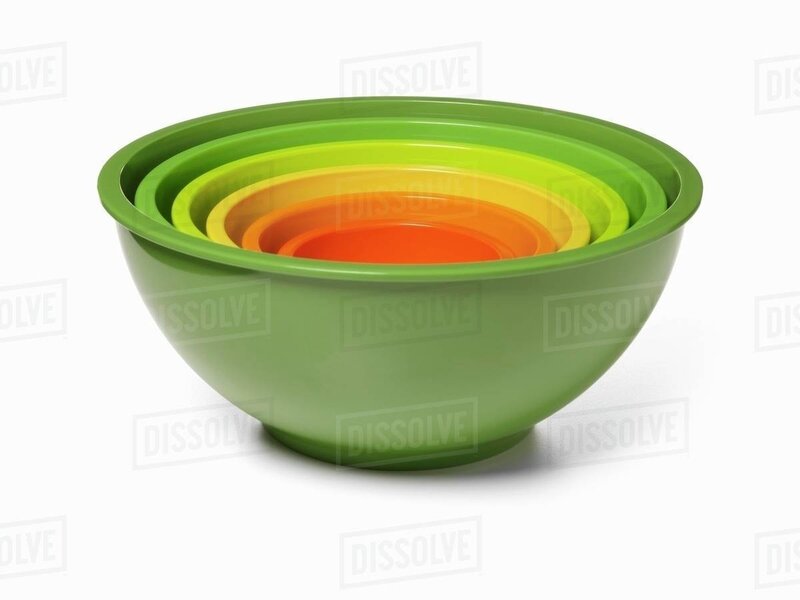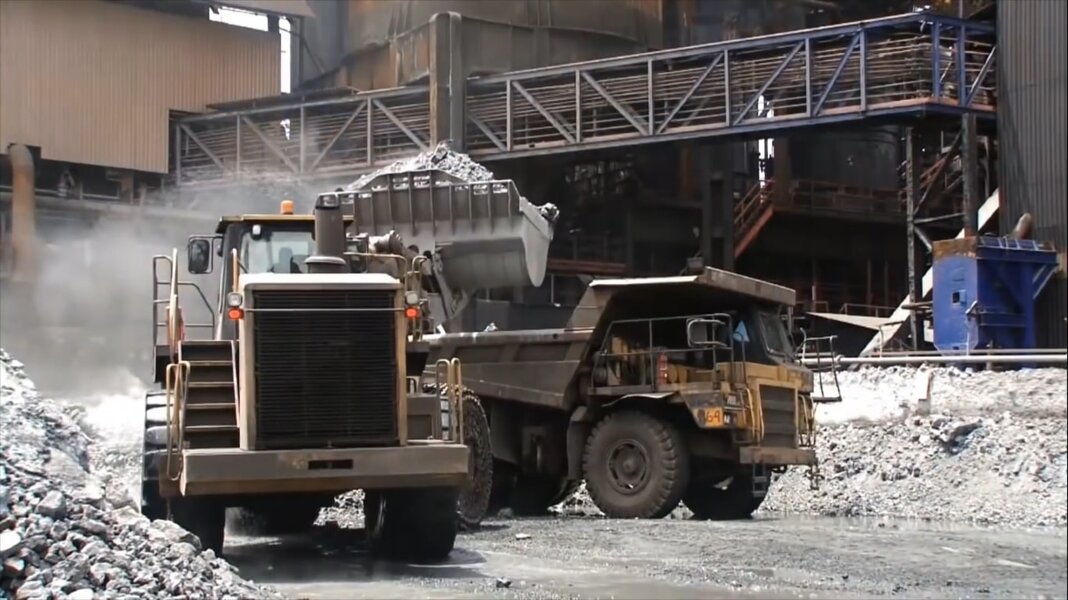You can use 100% Polyphenylene Ether (
PPE) fibers 6 to 12 mm long for reducing / eliminating the cracking in concrete / mortar.
Cracking due to shrinkage mostly occurs during first 3 hours, taking extra care will eliminate cracks (re-trowelling once the concrete / mortar is set will also help in reduction in cracks at top surface)
Fibers will help in providing high resistance to cracking in its lifetime.
To make it more stronger you can also additional make a GI wire reinforcement mesh inside of it.
Do use sea sand after verifying it properties and effect on this type of concrete / mortar.
Use super plasticizers admixture in it at 0.5 to 1 % dosage by weight of cement to provide high workability at lower water cement ratio (using a less water and achieving the workability / flow of concrete will help in achieving high strength at lower cement content)
Hope this data will help you in your experiment.
you stated your can height is 1 CM = 10 mm - i would suggest you to use cement paste only to produce this kind of element ( i am very confuse about the dimension of this object).
Use of flyash or GGBS by partly replacing cement will make your product as green product.
You can also experiment with bacteria which seals the cracks on its own by reacting with water.
at below article you will get brief about it
Hello to All, I came across the new inventions which are going on in construction Industry. Creating a concrete which repairs itself. Concrete is porous material (porosity depends on mix design), so if not protected will start degrading over period of time. To protect the concrete we...

civil4m.com
You can also search on internet for detailed research papers (this may make your product non crackable for its whole life)




